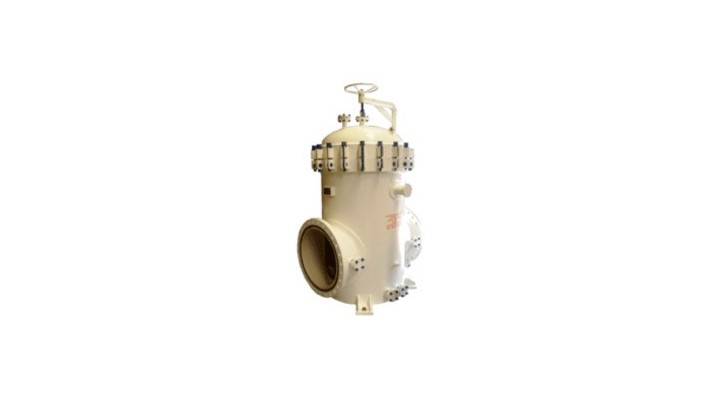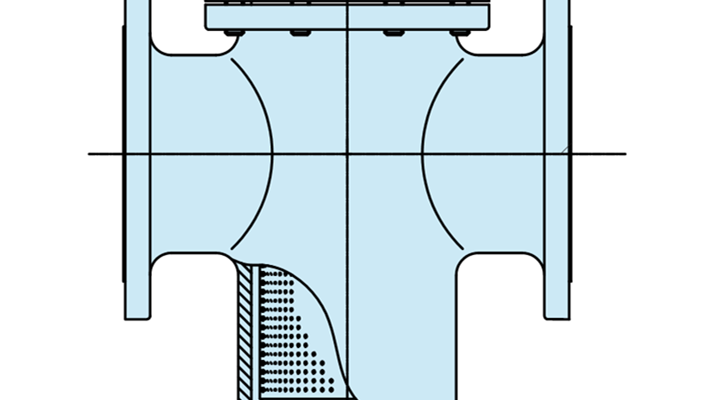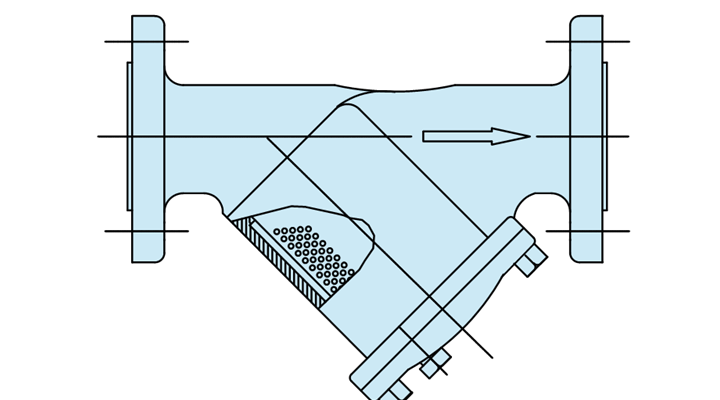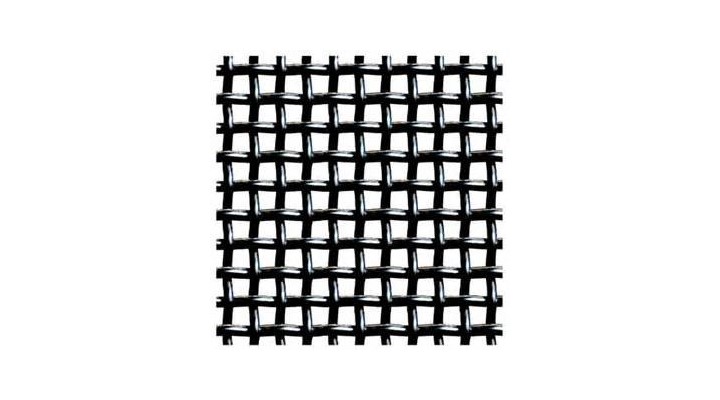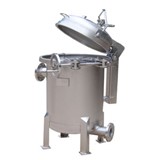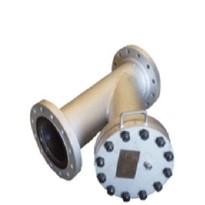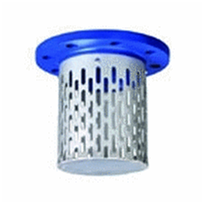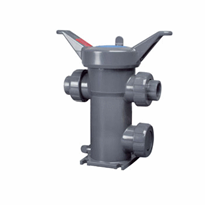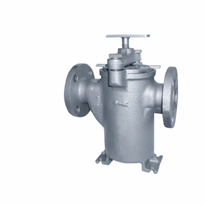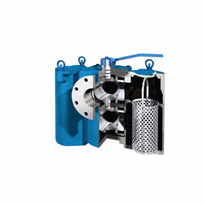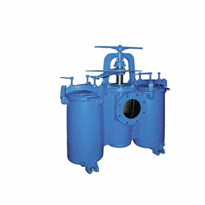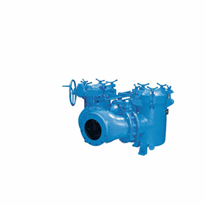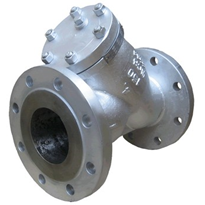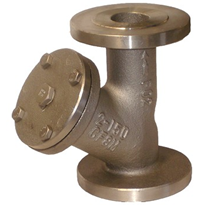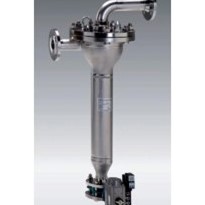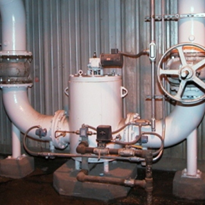Strainers protect your equipment – they protect pumps, instruments, control valves and other equipment from unwanted and damaging particles. Strainers mechanically remove solid particles from liquids, gases and steam by using perforated or mesh screens. These unwanted particles can arise from the manufacturing process such as pipe scale or be created such as rust or arise from commissioning practices such as spanner falling into a pipeline.
Types of strainers
Basket strainers
Basket strainers are the most universally used strainer for liquid applications. They are named ‘basket’ strainer because they have a vertical body that houses a basket straining screen.
Basket strainers typically have a good dirt holding capacity and provide a low pressure drop across them. Basket strainers are installed in horizontal pipelines. For smaller sizes they are supported by the pipework. As they become larger in size the strainer requires its own supports. If you are unsure of the type of strainer to use then the basket strainer may be the right strainer for you. If you are unsure Cebeco can assist you to determine the right strainer for your application.
‘Y’ strainers
'Y’ strainers are typically used with relatively clean liquids and for gases and steam. ‘Y’ strainers are named because of the body configuration. They also house a basket straining screen, however the screen lays on its side. The body takes up less space and this compact body is very strong and can withstand high pressures.
‘Y’ strainers do not typically have a high dirt loading capacity, so they require frequent cleaning when used on ‘dirty’ service and they can also provide a higher pressure drop across them. In liquid service the straining screen should point towards the ground to ensure that removed debris does not release back into the flow. In gas and steam service the straining screen should be installed sideways in the horizontal plane. The ‘Y’ strainer can also be positioned in vertical pipework for downward liquids flow. They cannot be used for vertical upward liquids flow as the straining screen cannot retain captured debris.
Cone strainers
Cone strainers are typically used for commissioning. They are named cone strainers due to their shape (they are also known as witch’s hat strainers). They have no housing of their own – the housing is the pipework that they sit in. As such the pipework must be disassembled to allow the cone strainer to be inspected, cleaned or removed.
Cone strainer Cone strainers are typically not very robust in construction. They do not typically have a high dirt loading capacity and they provide a higher pressure drop across them. Increasingly cone strainers are not removed after commissioning and so become ‘permanent’ strainers. In these instances it is valuable to design the cone strainer for this longer term purpose. Perforated Or Mesh Screen The element that performs the work of a strainer is known as the screen. Perforated Screen: Perforated screen is made from sheet or plate that has been punched with holes. Perforated screens are typically used to remove larger particles, typically in the range of 1.0 mm to 3.0 mm in size. Perforated screens are used to remove general debris such as pipe scale and rust.
Perforated Screen Mesh Screen
Mesh screen is made from wire formed into a grid arrangement. Mesh screens are typically used to remove smaller particles as the wire used can be very fine. Mesh screens can remove particle sizes down to 34 micron, however ‘standard’ mesh screens typically remove particle sizes in the range of 0.4 mm to 1.0 mm. Mesh screens are used to remove specific debris that is particular to your process. A mesh screen can be strengthened by layering it together with a perforated screen.
Sizing the level of filtration: The level of filtration should be designed to suit the equipment you are protecting. The equipment manufacturer will specify the maximum particle size that the equipment can accommodate. The screen should then be sized for ½ to ¾ of this size. A trap is to over-specify and to select a very small screen opening. This leads to more expensive strainers, more frequent cleaning than is required or to higher pressure drops than are warranted.
Capacity and pressure drop
Capacity: The capacity of a strainer is related to the size of the screen. The larger the capacity provided, the greater the time between cleaning the screen. One measure of capacity is the open area ratio. This is the ratio between the open area of a screen and the cross sectional area of the inlet pipe. The larger the open area ratio provided, the greater the capacity of the strainer.
Pressure Drop: The pressure drop is also related to the open area of a screen and the selected screen size opening. The smaller the screen size opening the larger the pressure drop created. As a screen becomes clogged the pressure drop will increase. Most piping systems permit a clean screen pressure drop of around 15 – 20 kPa. We typically recommend cleaning the screen when the pressure drop reaches around 70 kPa.
The maximum differential pressure that a screen can withstand is known as the screen burst pressure. Burst pressures typically exceed 100 kPa. However it is not recommended to operate a strainer near the burst pressure. Screens require periodic cleaning to ensure that they continue to perform and to ensure that the pressure drop across them remains low. In practice you can establish the rate of clogging for your system and then determine the cleaning period. Alternatively differential pressure gauges or pressure switches can be used to notify you of the need to clean the screen.
Construction: There are many possible variations in the construction of a strainer. Strainers can be made from many differing materials. They can have various end connections such as flanged, threaded or ends to suit welding. They can be made in various configurations such as simplex or duplex, which allow you to swap from one strainer to another as one strainer becomes clogged. They can be fitted with quick opening closures to minimise maintenance time. They can also have self-cleaning functionality, which can be automated.
For all your strainer requirements you can contact us and we will be pleased to provide assistance.
Australia’s broadest range of basket strainers.
Cast units in cast iron, aluminium, bronze and 316SS carried in stock.
Standard fabricated units in carbon steel and stainless steel.
Fast opening closures available.
Special designs and material options available - Visit our Cebeco - Basket Strainers page!


